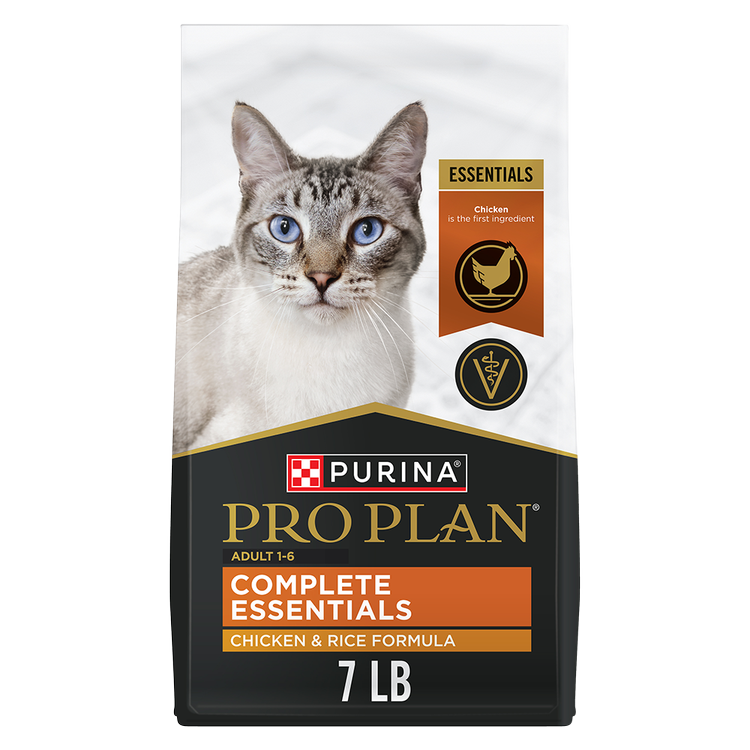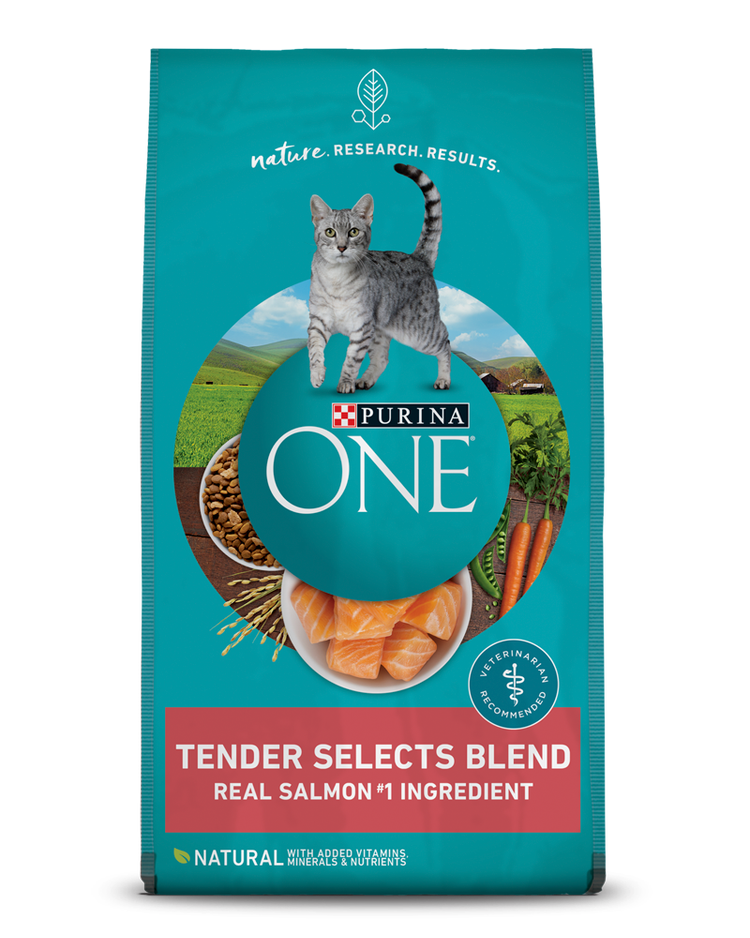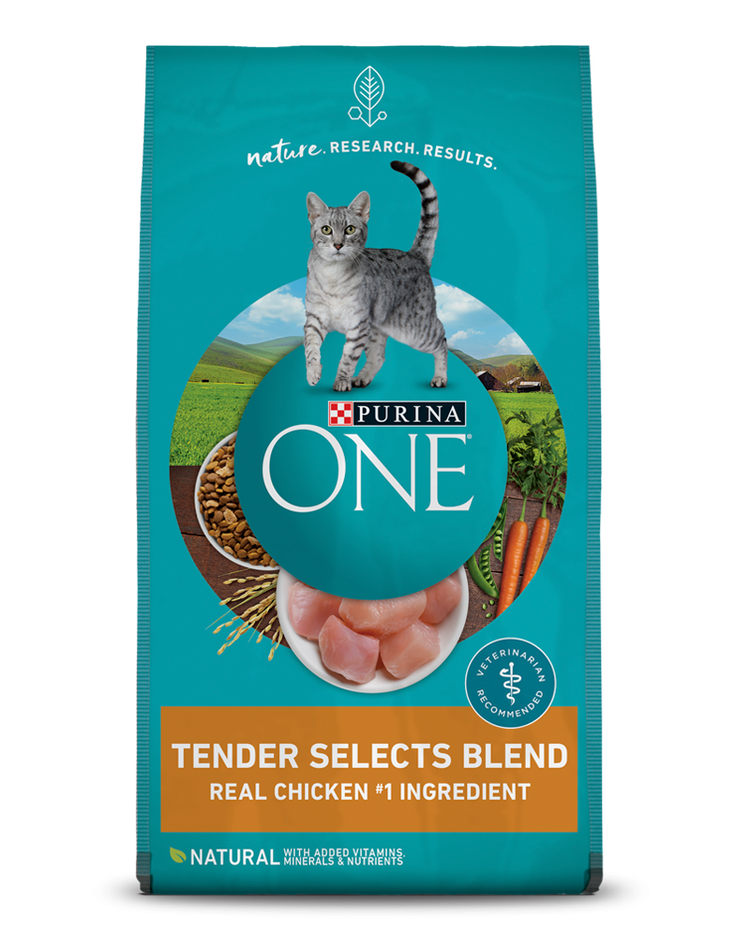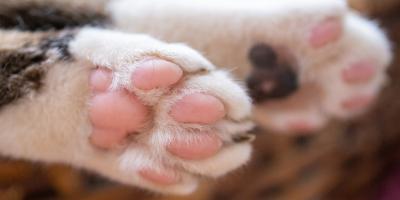Why Does Your Cat Throw Up After Eating?

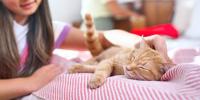
You see your cat gobble up her food and think she really likes it. Then seconds later, it comes back up and you think she hates it; you blame the new food and wonder why your cat throws up after eating.
Your first instinct is probably correct. Your cat likes her food – maybe too much!
Here’s Why Your Cat Throws Up After Eating
Possible causes of your cat vomiting after eating include adjusting to a new food, food intolerance or allergies, or a blockage.
If your cat is vomiting blood, or the vomit is accompanied by lethargy, fever, pain, diarrhea, or loss of appetite, it could be a sign of a serious condition and you should seek veterinary care as soon as possible.
The Difference Between Vomiting and Regurgitating in Cats
Vomiting is when your cat brings up partially digested food. Regurgitation is when your cat throws up right after eating, expelling just swallowed food from their esophagus. It’s common in nature among canines. You might have seen videos of wolves, foxes, or wild dogs regurgitating to feed their young.
When cats regurgitate, it’s a sign of something else and a follow-up with your veterinarian is recommended. The problem could be that your cat is eating too fast and swallows kibble without really chewing it. That’s why the upchuck looks like whole kibbles.
Why do some cats eat too fast? It may be because your cat really likes her food or there are other animals in the house when she is eating. Your cat may be anxious that another animal will eat her food before she can get to it.
What to Do if Your Cat is Eating Too Fast
There are several ways you can slow mealtime for cats that “wolf” down their food.
If your cat likes to speed-eat, try feeding smaller amounts of food more often during the day until you notice a slowdown when she eats.
Here’s a tip if you’re not around during the day and want your cat to graze while you’re away. Rather than putting the kibble in bowls, spread it out on a flat surface like a cookie sheet. By spreading the kibble out, you are encouraging your cat to take more time and smaller mouthfuls.
Another option is to use a treat or activity mat where the kibble is placed in a maze or in smaller bowls that your kitty can only reach with her paws. When a kitty must seek, find, and drag the food out of crevices, it slows down how fast she eats. It also adds a bit of natural, instinctive engagement and enrichment to mealtime as your kitty has to “work” to get her food, just like big cats in the wild.
Your Cat is Adjusting to New Food
Transitioning too quickly to a new food can also cause cats to vomit after eating. If you’ve switched food and your cat is vomiting after eating it, it doesn’t necessarily mean your cat doesn’t like the new food. It just means the change happened too quickly.
To make the transition more palatable, add a little bit of the new food to the old and mix it in over the course of 7-10 days. Gradually increase the amount of the new food to help your cat adjust. Here is an article all about transitioning your cat to a new food.
Does Your Cat Have Food Intolerance or Allergies?
Food intolerance or allergies are another reason for cats puking after eating. In this case, the upchucked food will look more digested than it does after regurgitation. Allergies in pets usually show other symptoms, such as diarrhea, bald patches, and itchy skin.
If you suspect a food intolerance or allergy, talk to your vet about adjusting your cat’s diet.
Cats Vomiting Due to Blockages & Serious Health Issues
With cats, occasional vomiting after eating can occur, especially if your cat is eating too fast. If you’ve given smaller amounts during the day and slowed down mealtime but your cat keeps throwing up after eating, there may be a blockage and you should seek care as soon as possible.
When to Call the Vet
If your cat has a habit of playing with string, yarn, rubber bands, or hair ties and has started vomiting after every meal, take him to a vet immediately. The little barbs on your cat’s tongue can grab things like loose strings and threads. Anything that gets caught in those tongue barbs will most likely get swallowed.
Once swallowed, these things can sit in the stomach for days or weeks, end up blocking the digestive path, and cause extreme pain and vomiting. That’s why loose string, thread, and dental floss should be kept away from cats. Never encourage your cat to play with rubber bands or hair ties and supervise all playtime with string and yarn.
For some reason, hair ties are particularly attractive to cats and swallowing them can cause a life-threatening situation. If you notice your hair ties keep disappearing from your nightstand or vanity, your cat may be playing with them while you’re asleep or away. Look for the hair ties where your kitty stashes toys, lock them up where your cat can’t get to them, and keep an eye on your cat’s eating habits to make sure there’s no blockage.
Can You Stop Your Cat From Throwing Up After Eating?
If your cat is throwing up because she is eating too fast or you’ve switched to a new food, take the steps we mentioned above to help make mealtime easier and the regurgitation and vomiting should stop. If the vomiting or regurgitation continues, follow up with your veterinarian. Any vomiting that occurs in the cat is not normal.
But if the reason for the vomiting is due to food intolerance or allergies or more serious issues, like an intestinal blockage, your cat needs veterinary care. Once your vet diagnoses the cause of your cat’s vomiting, you’ll receive a treatment plan that puts your kitty on the road to recovery.
Want more cat health tips? Get advice from our experts on our Pet Expertise page.
Related articles

Be Rewarded for Your Purina Purchases
Earn and redeem points for Purina products with myPurina app.

